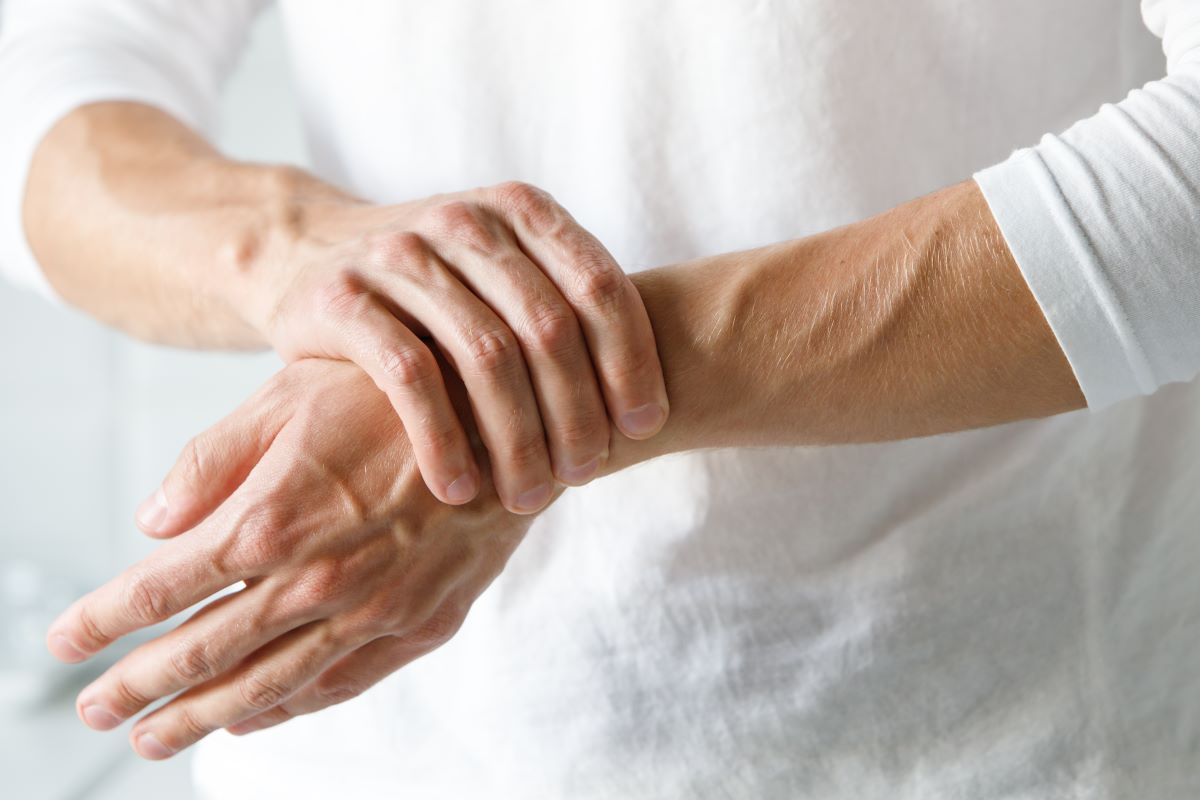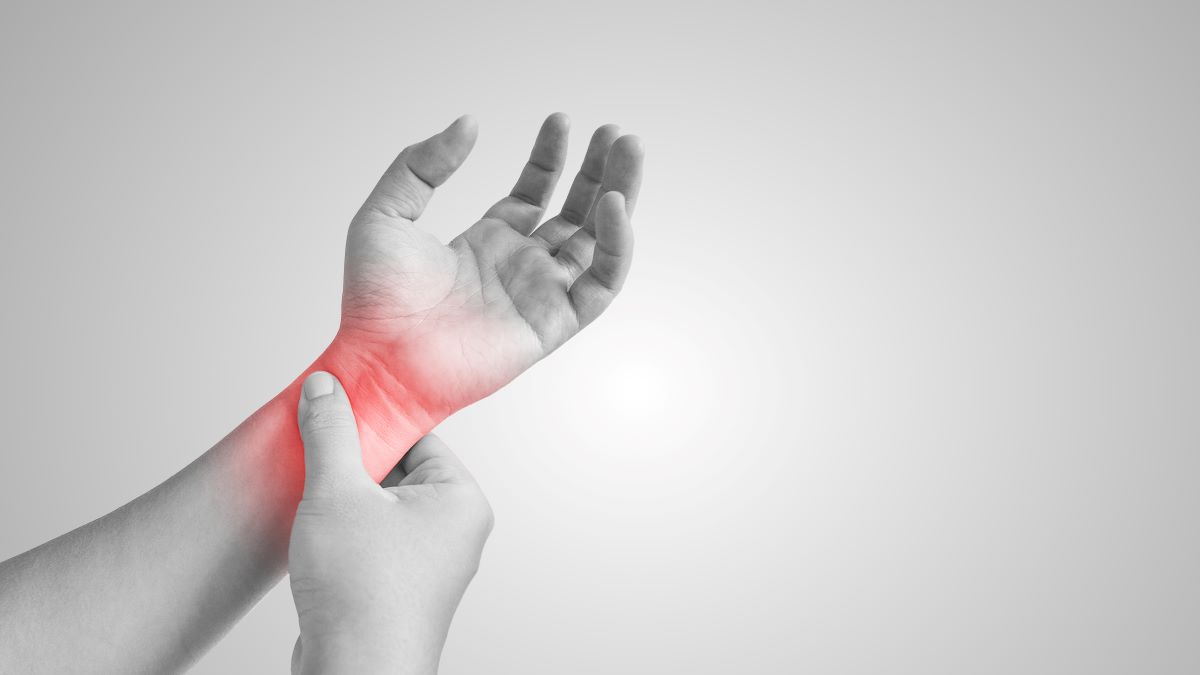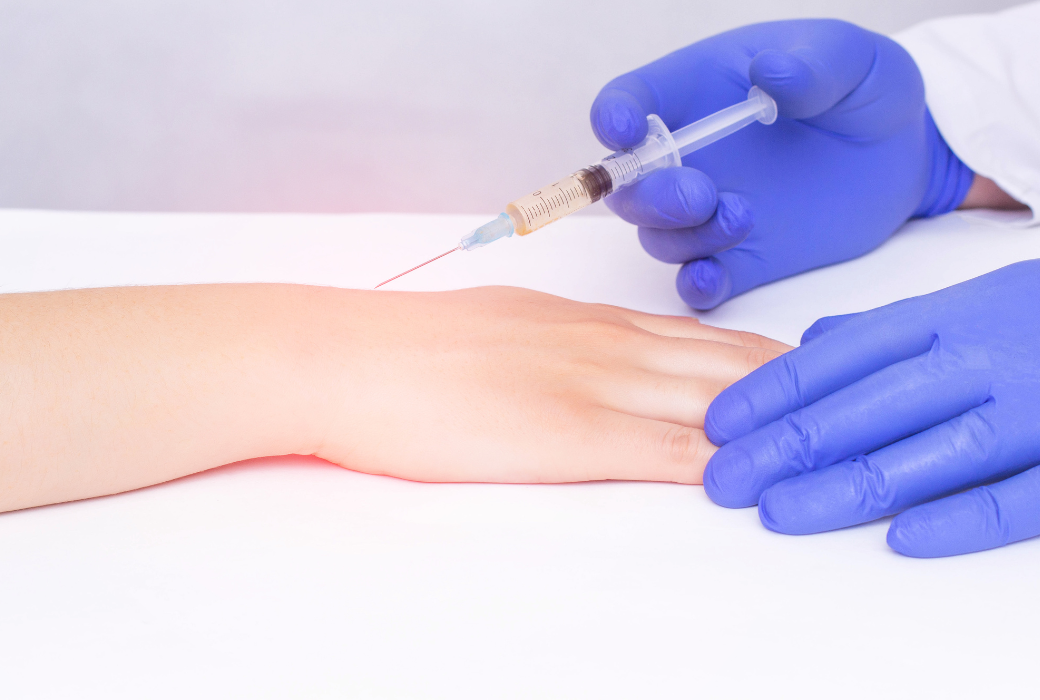
Wrist Arthritis Treatment
Book AppointmentWrist arthritis is a condition which affects the joints in the wrist. There are two types of arthritis: rheumatoid arthritis, which is caused by the body’s immune system attacking itself, sending antibodies to the lining of the joints; and osteoarthritis which is due to degeneration of joint cartilage.
There isn’t a definite cause of arthritis, but it can sometimes be passed down in the family genes.

Wrist Arthritis Treatments and Symptoms
- Aching/throbbing pain
- Stiffness and reduced movement in the affected joint
- Swelling and tenderness
We have also collated a list of the 11 telling signs of wrist arthritis which we recommend reading if you are concerned about your wrist health.

Wrist Arthritis Treatment
There’s no cure for arthritis, but there are ways of treating and relieving symptoms. The condition can be stopped from further progressing with medication, and anti-inflammatory drugs or steroid injections.
Wrist arthritis treatment options are regular analgesia, physiotherapy, steroid injection and salvage procedures such as partial or total wrist fusion, which lead to significant loss of wrist movement in exchange for pain relief and strength.
Sound familiar? Get in touch
Please use this form if you are interested in booking an appointment. We do not give general medical advice over email.
